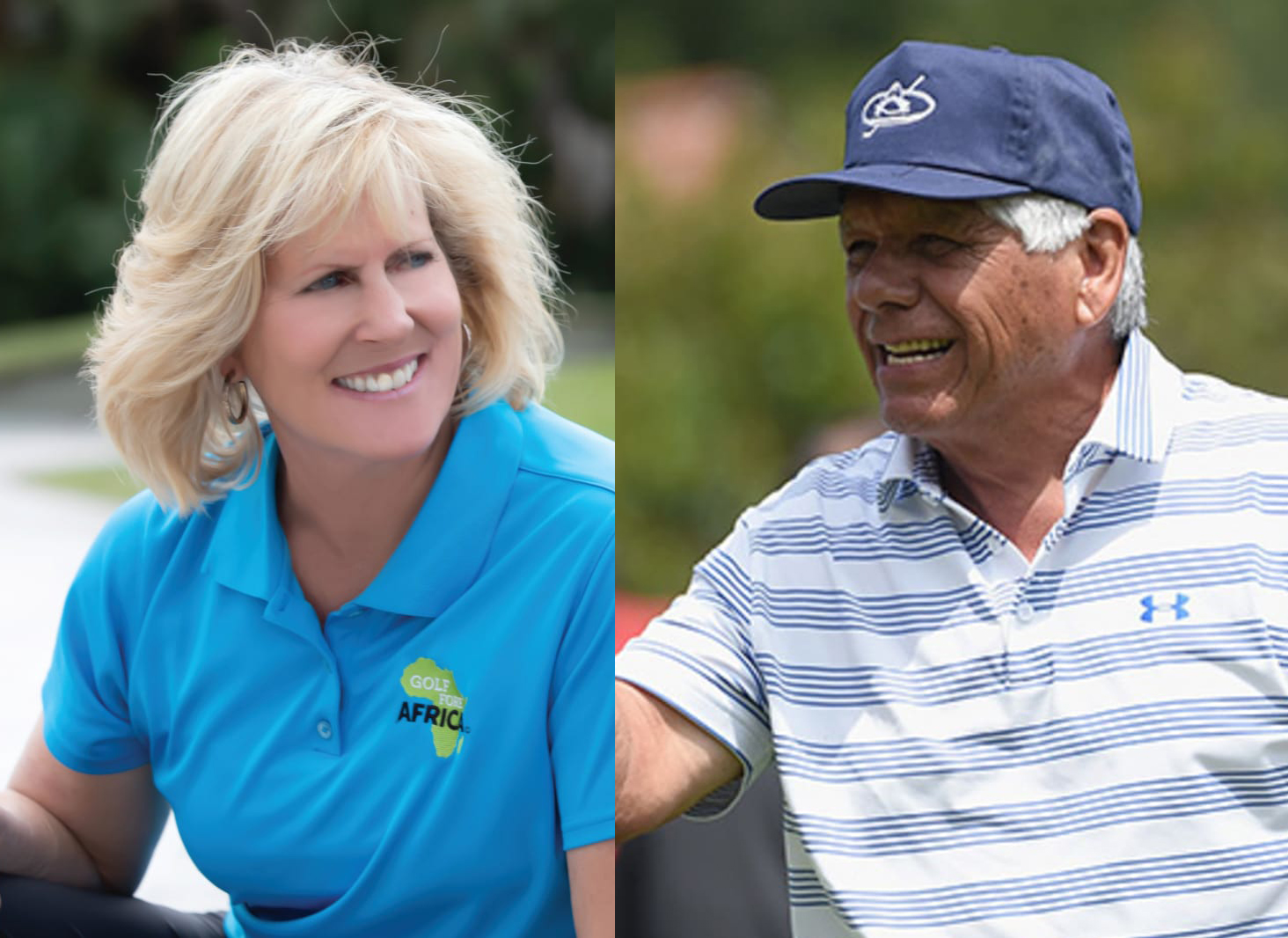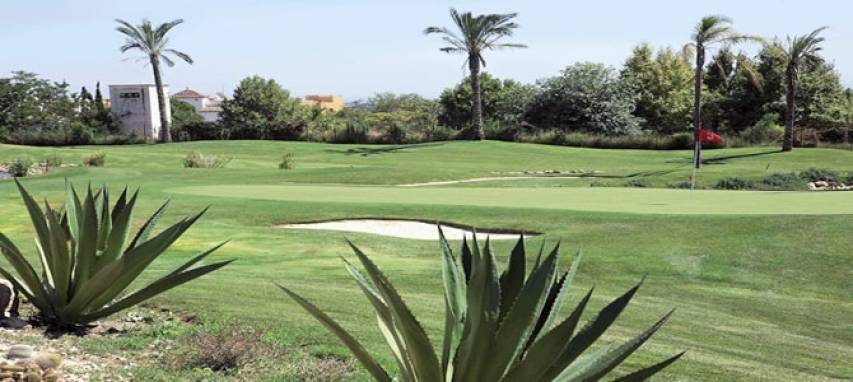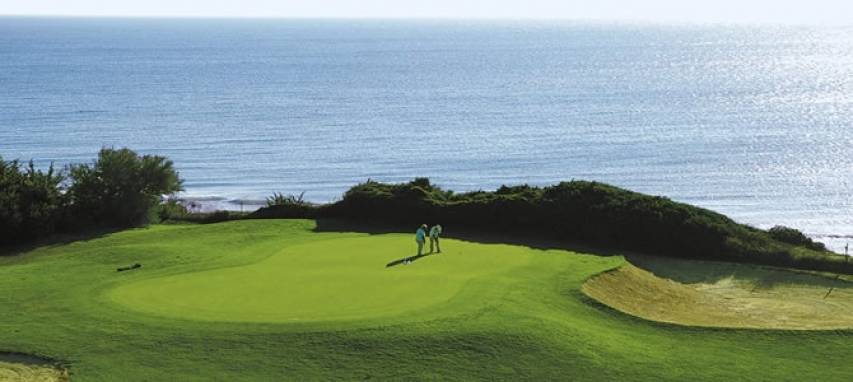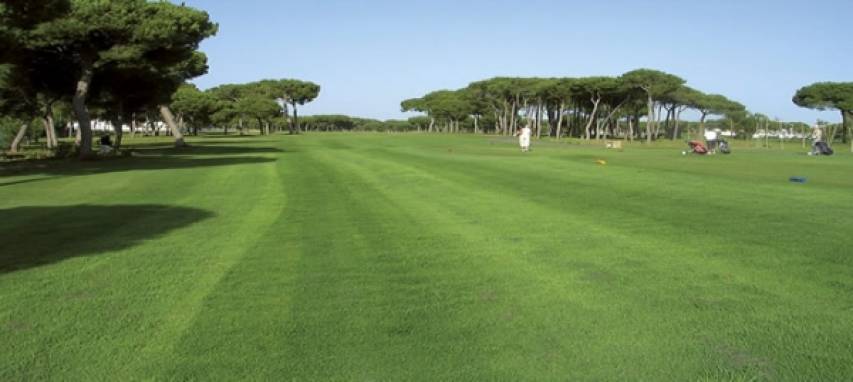With six Grand Slam titles, Lee Treviño and Betsy King are seventh in the rankings of major championship winners.
Apart from his magnificent game, Lee Treviño is also well known for an eternal smile and perennial good humour. And that’s how he gained his nickname, Merry Mex. Born and raised in Garland, Dallas, in a modest shack where there wasn’t even running water, he didn’t know his father and was raised by his mother and grandfather. At five years of age, in 1944, the then tiny Lee had to go to work on the cotton plantations of Texas to help out with the family’s meagre budget.
Fortunately for him, one day he came into contact with the world of golf thanks to an uncle who gave him an old golf club and some balls, and he was inexorably drawn into the game.

He began as a caddie, just eight, gradually picking up the secrets of the game and shining with his golfing ability. He attended school occasionally but work and practising golf took up most of his time. At 17, he enrolled in the Marines and, on leaving the armed forces four years later, he once again dedicated his time to golf and began playing for bets in the Dallas and El Paso areas.
“You don’t know what pressure is until you play for five dollars and only have two dollars in your pocket,” he said, referring to that period in his life.
A key moment in his sporting career came when he saw Ben Hogan on the practice ground at Shady Oaks in Forth Worth. From that day, Treviño fine-tuned his game until he achieved an enviable fade that made him one of the most accurate players in the history of golf. On occasions, when he hit an iron to the flag, he could be heard shouting, “Don’t move, hole!”
In 1960, he turned professional, and midway through that decade the unknown Treviño was involved in a famous duel at the El Paso Club with the by-then famous Raymond Floyd – they ended up level.
From then on his name began to be heard more frequently around the US golf circuit, and in 1967 he achieved one of his greatest dreams: play on the PGA Tour. He quickly confirmed his potential, and in 1968 won the US Open – his first major. From that year until 1974, he enjoyed his best golfing moments and secured his most impressive victories: including five of his six majors.
The 1971 season was particularly fruitful, as he won two Grand Slam titles, the US Open (defeating Jack Nicklaus in an electrifying 18-hole play-off) and the British Open – which he also won the following year. His last victory in a major was the 1984 PGA Championship, which he had first won a decade before. The only major Treviño was unable to conquer was the US Masters.

However, his good luck on the course did extend to other areas: in 1975 he was struck by lightning while competing in a tournament and suffered serious and long-lasting injuries, including severe back problems, but he was able to recover his form and went on to win another PGA Tour Vardon Trophy in 1980 – in all he was awarded the trophy five times. In 1970, he was number one on the money list and the following year was elected Player of the Year. During his career on the PGA Tour he won 29 times – the same as on the Champions (Seniors) Tour.
A member of the World Golf Hall of Fame since 1981, he is considered one of the best and most creative hitters of a golf ball.
His most famous phrases include: “There is no such thing as a natural touch. Touch is something you create by hitting millions of golf balls.” And, “I’ve always had a tremendous confidence in Lee Treviño, but I’ve always paid the price.” Another celebrated quote had little to do with golf: “I’ve been hit by lightning, I’ve been in the Marine Corps for four years, I’ve travelled the world and I’ve been everywhere anyone can imagine. There’s not anything I’m scared of except my wife.”
Treviño won vast amounts of money but lost his fortune on two occasions because of bad investments.
.
Star of the ‘80s
She made a late start on the women’s US LPGA Tour, but as soon as she won her first tournament Betsy King soon became the best player in the world – and was, without a doubt, one of the most popular international stars from the 1980s to the mid-1990s. Born on 13 August 1955 in Reading, Pennsylvania, Elizabeth “Betsy” King won her first LPGA title in 1984, at 29, and during a fruitful career collected a total of 34 victories, including six Grand Slam wins. Her success was well rewarded, and she became the first female golfer to top five million dollars in career prizemoney.
Her golfing ability was obvious at a young age, and she especially shone at golf at university, where one of her team-mates was Beth Daniel, who also later joined her as a member of the Golf Hall of Fame. In 1976, King was the leading amateur in the US Women’s Open on the LPGA Tour, she then turned professional, and the following year joined the LPGA.
However, her beginnings were not all a bed of roses: rather thorns, as her first win took seven long years. It was the Kemper Women’s Open – the start of an uninterrupted road to success. That season she won two more events and was second on four occasions – finishing 21 times in the top 10. Not surprisingly, she was named Player of the Year.
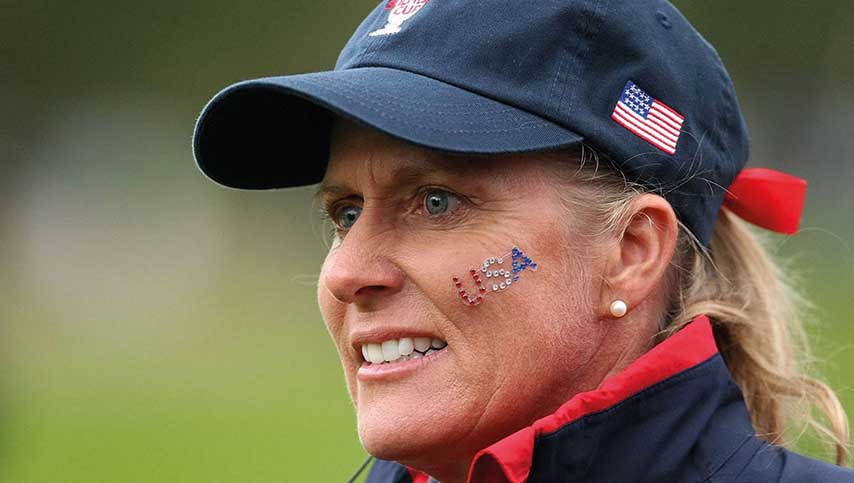
From that moment Betsy King enjoyed one of the best stages of her career: between 1984 and 1989 she won a total of 20 tournaments, more than any other player, male or female. After her first win, she was victorious at least once every season for 10 consecutive years, with the pinnacle coming in 1989 when she won six times. She was among the top 10 money winners from 1985 to 1995, and again in 1997. She was named Player of the Year in 1984, 1989 and 1993, and also led the money list on three occasions. In 1984, she ended the year with total prizemoney of 266,771 dollars.
A strange, and to a certain extent frustrating, year was 1993 when, even though she was number one in prizemoney and had the lowest scoring average (also achieved in 1987), she finished second five times (including in two majors), though she had the consolation of one win that year.

King was, without a doubt, queen of the Grand Slams (pardon the idiomatic paradox), winning at least one major every year from 1987 to 1992 – with her sixth major coming in 1997. When she won the LPGA Championship in 1992, scoring 68, 66, 67 and 66, she became the first player in the history of the game to card four sub-70 rounds in a women’s major. Apart from this victory, she also won the Kraft Nabisco Championship in 1987, 1990 and 1997, and the US Women’s Open in 1989 and 1990. In team competitions, she played in five Solheim Cups between 1990 and 1998, and in 2007 captained the Americans to victory against the Europeans.
The last of her 34 individual wins came in the 2001 ShopRite LPGA Classic. In 1995, at just 40 and coinciding with her 30th US triumph, she became one of the youngest players to join the LPGA Hall of Fame.
King gave a strong personal commitment to worthy causes, among other things working with agencies that helped orphans in countries that were part of the former Soviet Union.



